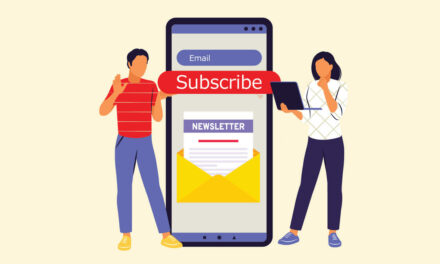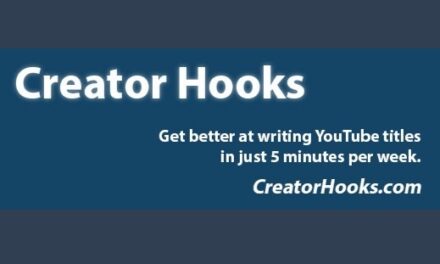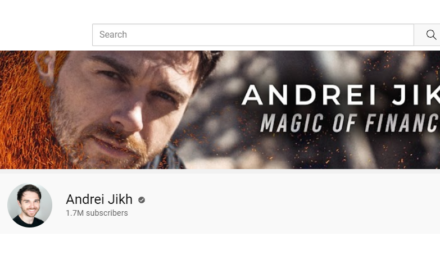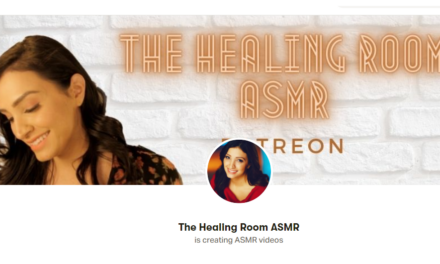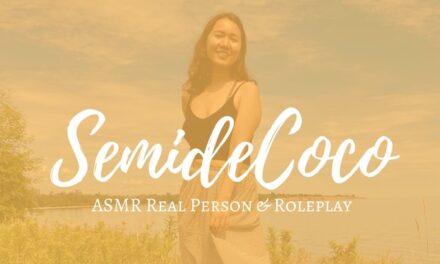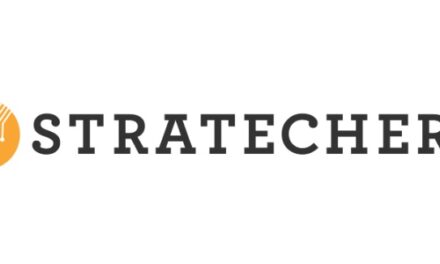Do you know your target audience for your content business?
Do you really know who your content is designed to serve?
Not every content entrepreneur does, but every successful one does.
That’s the wisdom shared by Robert Rose, founder and chief troublemaker at The Content Advisory, at Creator Economy Expo.
Without knowing your audience, you can’t determine the best content business model. You can’t answer the questions that will be asked by potential investors, sponsors, and others. So let’s pull from Robert’s advice to figure out how to really know your audience.
If you don't know your audience, you can't determine the best model for your #ContentBusiness, says @Robert_Rose. #CreatorExpo Share on X1. Recognize bigger isn’t better: Too many creators stop after detailing the total addressable audience – all the people who could have a useful need or want for your content. Robert says that should act as the first step in defining your minimum viable audience.
Next, narrow the total addressable audience to a service addressable audience – people who you really expect to serve or will access your content product. (For example, if TikTok is your platform, an older audience wouldn’t be serviceable because they aren’t watching it.)
Continue to remove segments of that audience, and you will find your service obtainable audience – the portion of the audience you can reasonably expect to capture. That’s your potential share of the market or minimum viable audience.
2. Fill in these blanks: Robert uses a fun technique called jobs-to-be-done (JTBD). He explains the concept with this quote from Theodore Levitt: “People don’t want a quarter-inch drill. They want a quarter-inch hole in the wall.”
To figure out what your audience wants, use this fill-in-the-blank formula:
WHEN (identify a challenge/interest), I WANT TO (how to solve the challenge in some form ) SO I CAN (the result after solving the challenge).
Example: When I need to hang a picture, I want to get a new drill, so I can create a hole in the wall to hang the picture.
As you craft those JTBD sentences, make sure to incorporate the context and emotion involved. In this example, the JTBD ultimately is to relieve the boredom of the commute.
Example: “When I’m rushing to work, and I’m starting my long commute, I’m hungry. But I have no time to stop, and just want something quick, easy, and that tastes good. I want to find something I can have so I feel better about my commute.”
3. Discover your target audience: Create as many JTBD statements as you can by talking with your audience as people, not consumers. Ask open-ended questions. Visit their natural habits (in person and/or online). Do what they are attempting to do, so you can better understand how they operate.
4. Detail their stories: Again, this step nicely fits a creator’s skillset. How does your audience discover, try, or learn as it relates to those JTBD statements? They may tell you their needs more clearly, but pay attention to the underlying (or explicit) emotional and social context.
Listen to what your audience tells you they want to do, but also pay attention to the emotional and social context, says @Robert_Rose. #CreatorEconomy Share on X5. Build your target audience model: Now you know which “jobs” your audience wants to do. Narrow the list to those that fit your skill set. Then, look into the ones still on the list to see who or what is addressing them now (and doing it well.) The remaining jobs present business opportunities.
Now, you can grow a content business around a niche story that is most likely to attract a valuable niche target audience rather than create a business built around a broad topic with a broad audience that may or may not be interested.
Resource: Watch the free on-demand presentation as Robert Rose goes into more detail with examples of the audience identification process.
Meet Robert Rose at Creator Economy Expo 2023. He’ll share more in a session about how to stand out in the sea of sameness.
About the author
Ann regularly combines words and strategy for B2B, B2C, and nonprofits, continuing to live up to her high school nickname, Editor Ann. An IABC Communicator of the Year and founder of G Force Communication, Ann coaches and trains professionals in all things content. Connect with her on LinkedIn and Twitter.





